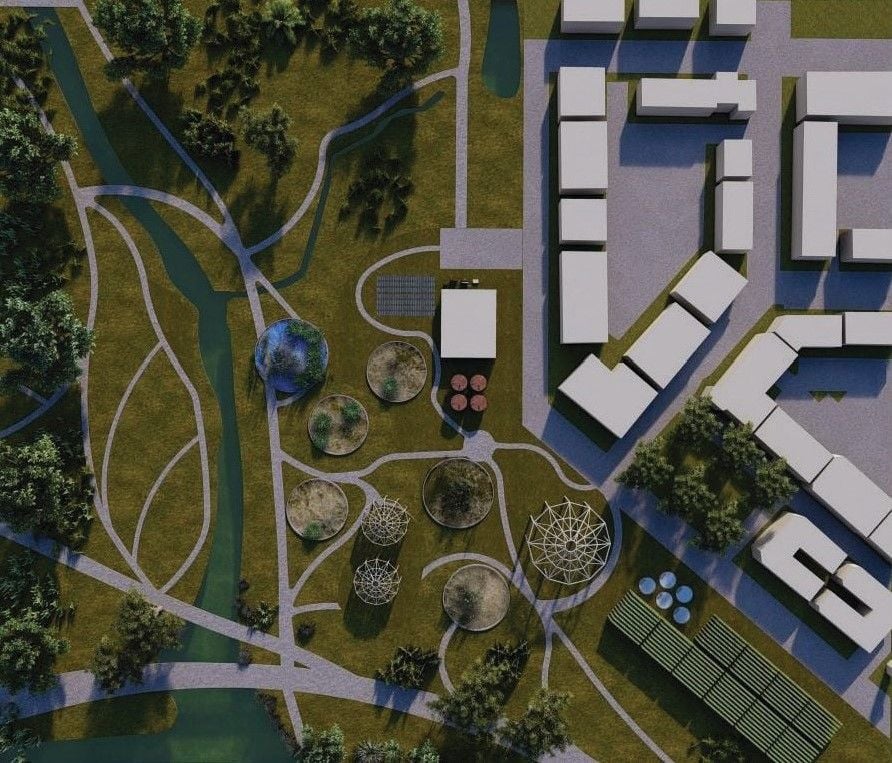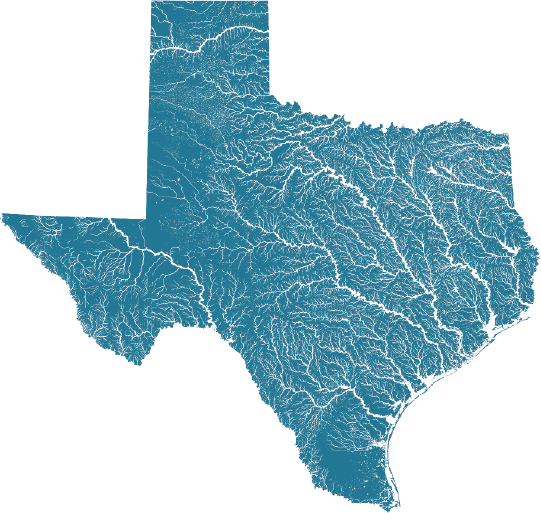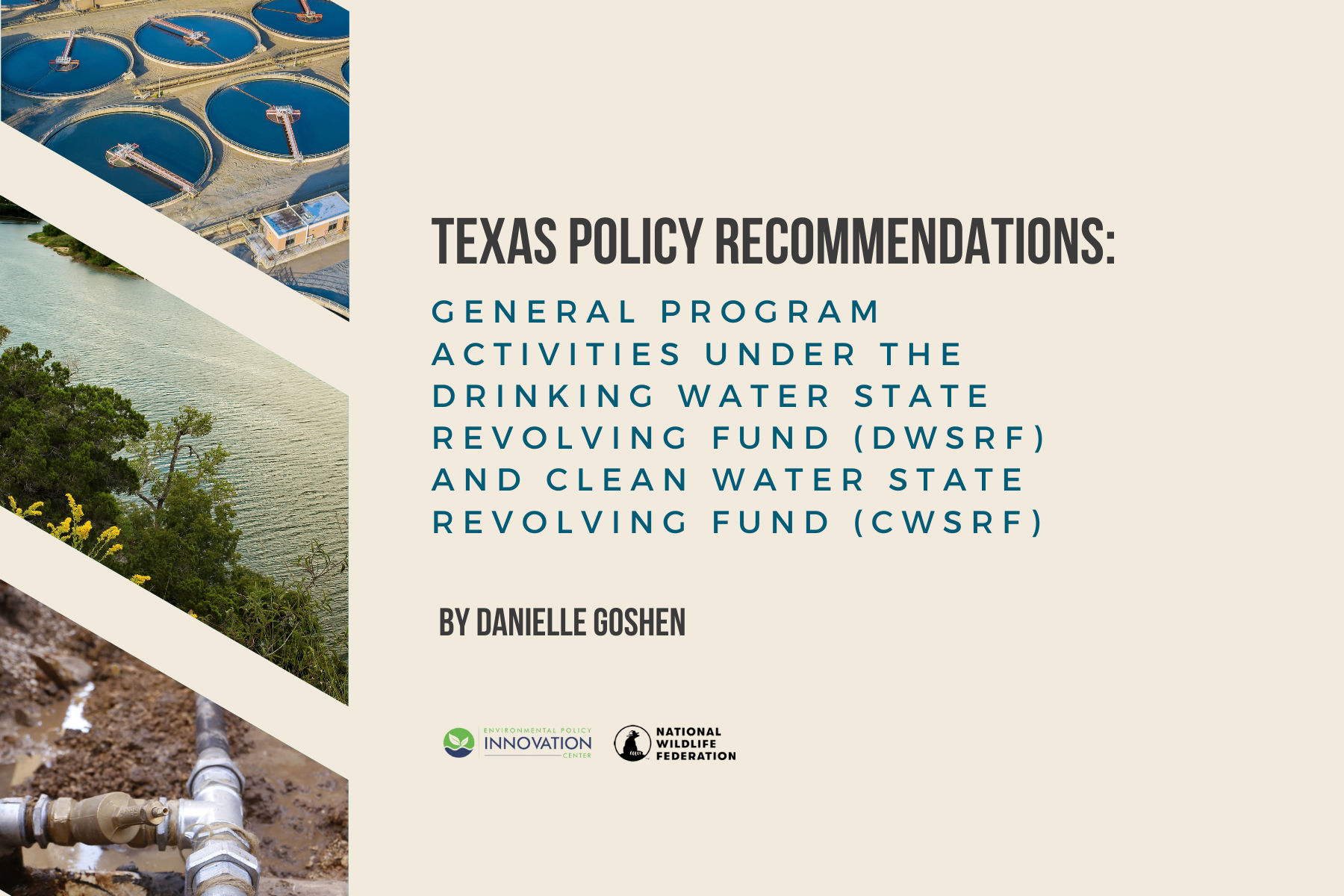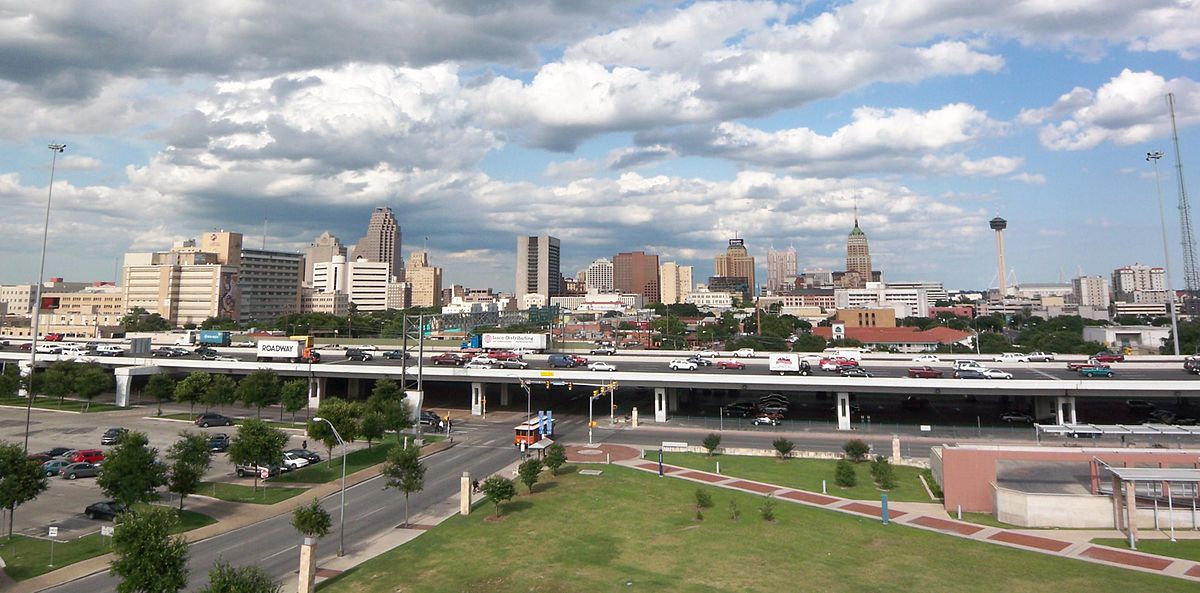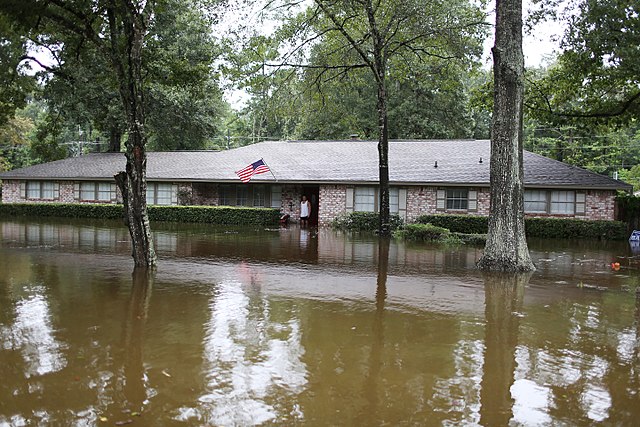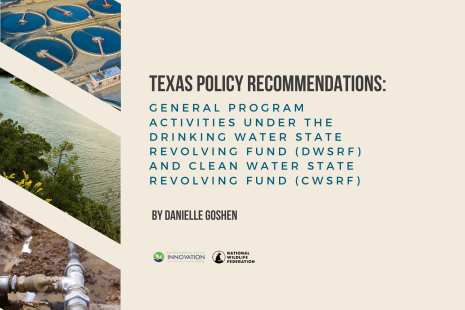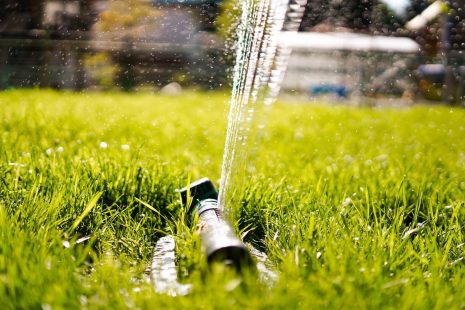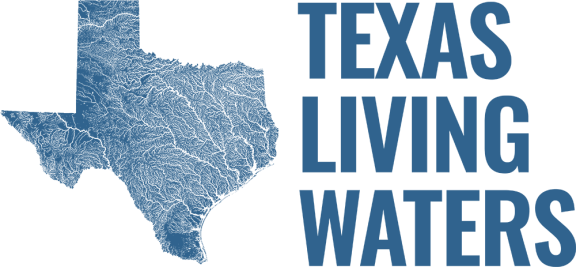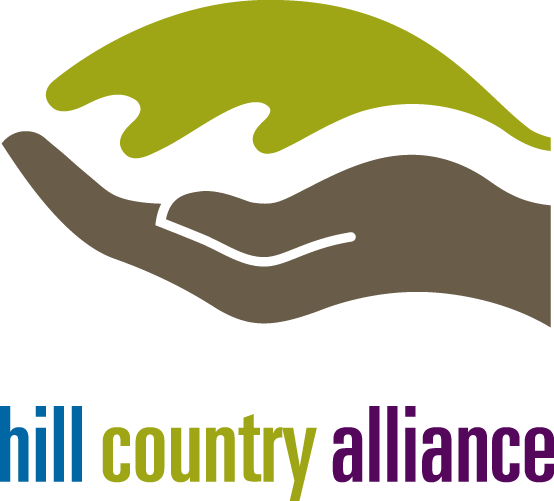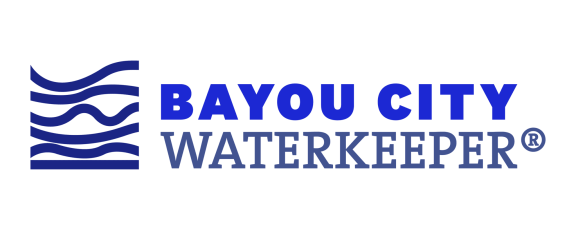This op-ed appeared in Next City in collaboration with the Rio Grande International Studies Center. (Photo Credit: RGISC/Harvard)
South Texas is facing a water crisis decades in the making. Much of the region’s growing population relies on the Rio Grande as its sole source of drinking water. Yet in recent years, as climate change has gripped Texas and caused hotter, drier summers, the river’s flow has diminished to a trickle.
There is a pressing need for leadership to shift away from traditional, economically and environmentally unsustainable solutions. One of the most effective and often overlooked strategies is to maximize the use of water we already have in our systems. What’s usually considered wastewater – from kitchen sinks, laundry machines and AC lines, for example – can actually be pumped back through our systems for non-potables uses like irrigation and manufacturing.
By focusing on wastewater reclamation and reuse, cities can significantly decrease their reliance on new water sources, thereby bolstering water resilience for the future. To do so, the City of Laredo recently partnered with the nonprofit Rio Grande International Study Center to spearhead the development of a Community Water and Energy Resource Center.
Reuse and conservation projects are the low-hanging fruit of our water systems. These strategies have the potential to reduce water demand and stress in South Texas and throughout the state, efficiently using taxpayer dollars to reduce waste. Other water-strapped cities, like Tucson, Arizona, have been successfully implementing these projects for decades.
The Texas Water Development Board currently has a historic opportunity to support similar infrastructure projects in the state. With the creation of the $1 billion Texas Water Fund last November, cities and towns like Laredo can design and implement innovative water conservation and reuse projects.
The Water Development Board is currently crafting an implementation plan for this fund, which will primarily be distributed as loans and grants through existing programs like the state’s revolving funds for clean water and drinking water. The money can go towards fixing broken water mains and leaky pipes — a costly problem that has resulted in 572,000 acre-feet of potable water loss annually in Texas, according to research from the National Wildlife Federation’s Texas Coast and Water Program.
